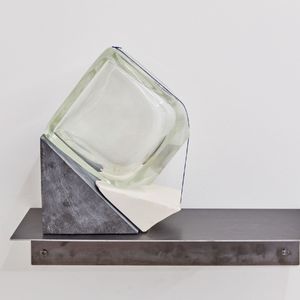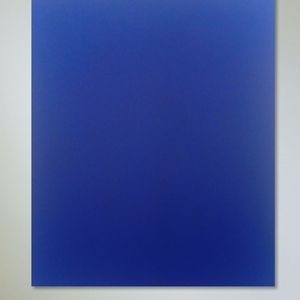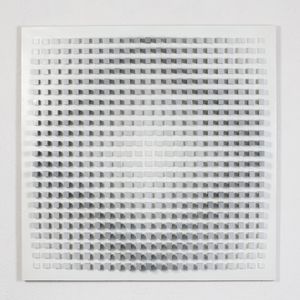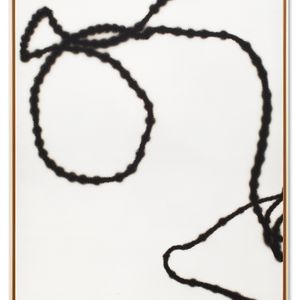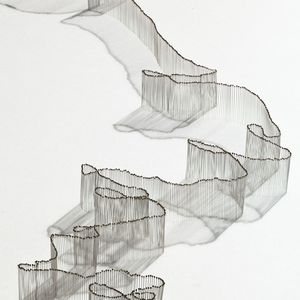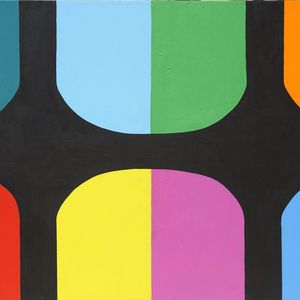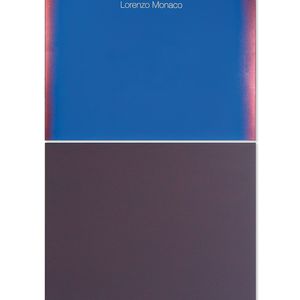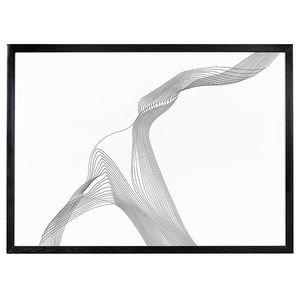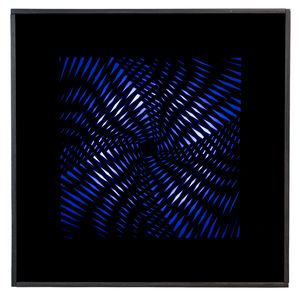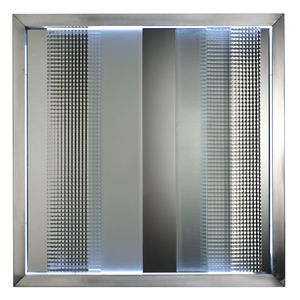Modernity is one of the aspects that most characterise the study of abstraction in the post-war period. In this context, we can distinguish the works of artists who use new art materials, such as glass or neon, to investigate the perceptual and participatory dimension of the artwork. Among these artists there are those who, in the field of optical kinetic research, create light spaces in the work, completely transcending the dimension of the painting into objects that trigger perceptual mechanisms. According to a modern neuroscientific interpretation, one could say that works such as "Cromorilievi" by Dadamaino, the luminous "Rotosquare" by Grazia Varisco or "Cronotopo" by Nanda Vigo activate the spectator's mirror neurons, which in turn allow the new spaces created by the artists to be interpreted in an individual and involved way. If these protagonists of the 1960s and 1970s can be included in the research linked to the Kinetic and Processual Art groups, then other women of later generations such as Alice Cattaneo in sculpture, Elisabetta di Maggio in installation art or Paola Di Bello in photography interpret with different techniques a search for spatiality in relation to light. In painting, too, the artists Sonia Costantini, Lia Drei and Nataly Maier explore in different ways the theme of space in the visual and perceptual relationship with the spectator, exploiting the potential of the monochrome and making colour on the canvas the site of a real experience.
Space/Light
Gallery
